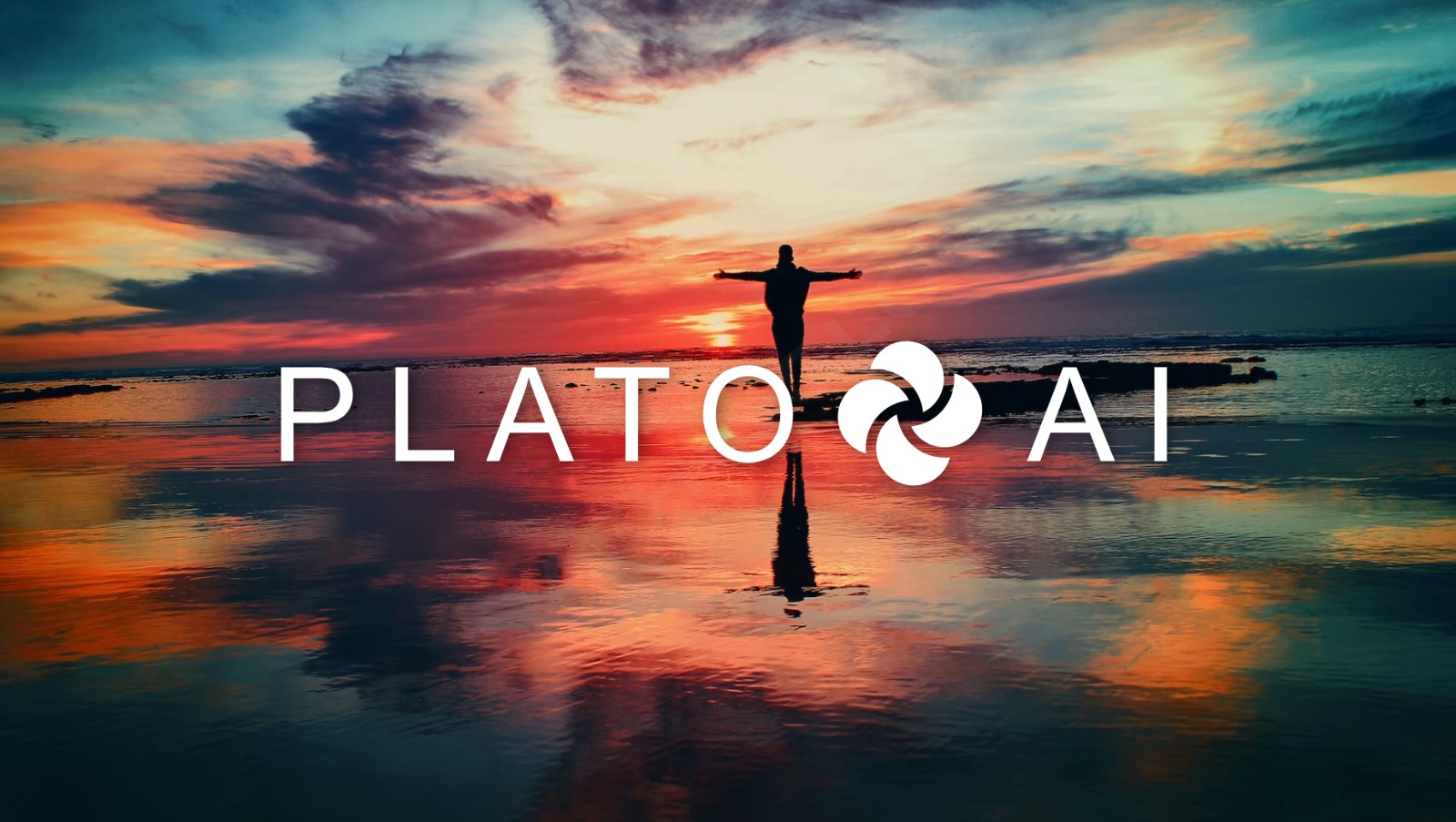
# Discover the Latest Updates in Verra’s CCS Methodology
Carbon Capture and Storage (CCS) has emerged as a pivotal technology in the global effort to mitigate climate change. As industries and governments strive to reduce greenhouse gas emissions, the methodologies governing CCS projects are continually evolving to ensure effectiveness, transparency, and scalability. Verra, a leading global standard for certifying carbon emissions reductions, has recently updated its CCS methodology. This article delves into the latest updates and their implications for the future of carbon capture and storage.
## Understanding Verra’s Role in CCS
Verra is renowned for its Verified Carbon Standard (VCS) Program, which is the world’s most widely used voluntary greenhouse gas program. The VCS Program allows vetted projects to turn their greenhouse gas (GHG) emission reductions into tradable carbon credits. These credits can then be sold to companies and individuals looking to offset their carbon footprint.
In the context of CCS, Verra’s methodologies provide a framework for quantifying, monitoring, and verifying the amount of CO2 captured and stored by a project. This ensures that the claimed emission reductions are real, additional, and permanent.
## Key Updates in Verra’s CCS Methodology
### 1. Enhanced Monitoring and Verification Protocols
One of the significant updates in Verra’s CCS methodology is the enhancement of monitoring and verification protocols. The new protocols require more frequent and detailed reporting on the amount of CO2 captured and stored. This includes advanced techniques for measuring CO2 concentrations and improved methods for detecting potential leaks.
### 2. Inclusion of New Storage Technologies
Verra has expanded its methodology to include a broader range of storage technologies. Previously, the focus was primarily on geological storage, such as injecting CO2 into depleted oil and gas fields or deep saline aquifers. The updated methodology now also recognizes other innovative storage solutions, including mineralization processes where CO2 is converted into stable carbonates.
### 3. Stricter Criteria for Additionality
Additionality is a core principle in carbon offsetting, ensuring that the emission reductions would not have occurred without the project. Verra’s updated methodology introduces stricter criteria for demonstrating additionality. Projects must now provide more robust evidence that their CCS activities are not mandated by law or driven by other financial incentives.
### 4. Improved Risk Management Framework
The updated methodology includes a comprehensive risk management framework to address potential risks associated with CCS projects. This framework covers a range of risks, from technical failures to environmental impacts, and requires project developers to implement mitigation strategies. Regular risk assessments and contingency plans are now mandatory components of the project documentation.
### 5. Greater Emphasis on Community and Environmental Co-Benefits
Verra’s new methodology places a greater emphasis on ensuring that CCS projects deliver co-benefits to local communities and the environment. Projects are encouraged to engage with local stakeholders, create job opportunities, and contribute to sustainable development goals. Additionally, there is a stronger focus on minimizing any negative environmental impacts associated with CCS activities.
## Implications for the Future of CCS
The updates to Verra’s CCS methodology reflect the growing maturity and complexity of the carbon capture and storage sector. By enhancing monitoring protocols, expanding eligible technologies, and tightening additionality criteria, Verra aims to ensure that CCS projects deliver genuine and verifiable emission reductions.
These updates also signal a broader trend towards greater accountability and transparency in the carbon offset market. As stakeholders demand more rigorous standards, methodologies like Verra’s will play a crucial role in maintaining trust and credibility in carbon credits.
Furthermore, the emphasis on community and environmental co-benefits aligns with the increasing recognition that climate action must be inclusive and holistic. By integrating social and environmental considerations into CCS projects, Verra’s methodology supports a more equitable transition to a low-carbon economy.
## Conclusion
Verra’s latest updates to its CCS methodology represent a significant step forward in the evolution of carbon capture and storage standards. These changes not only enhance the robustness and credibility of CCS projects but also ensure that they contribute positively to local communities and the environment. As the world continues to grapple with the challenges of climate change, methodologies like Verra’s will be instrumental in driving effective and sustainable solutions.
- SEO Powered Content & PR Distribution. Get Amplified Today.
- PlatoData.Network Vertical Generative Ai. Empower Yourself. Access Here.
- PlatoAiStream. Web3 Intelligence. Knowledge Amplified. Access Here.
- PlatoESG. Carbon, CleanTech, Energy, Environment, Solar, Waste Management. Access Here.
- PlatoHealth. Biotech and Clinical Trials Intelligence. Access Here.
- Source: https://platodata.network/platowire/discover-the-latest-updates-in-verras-ccs-methodology/

